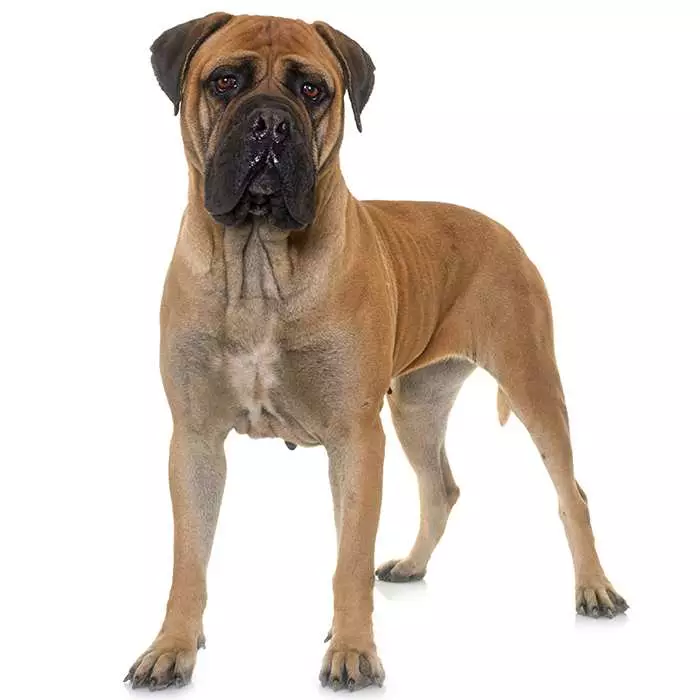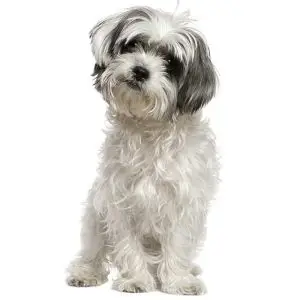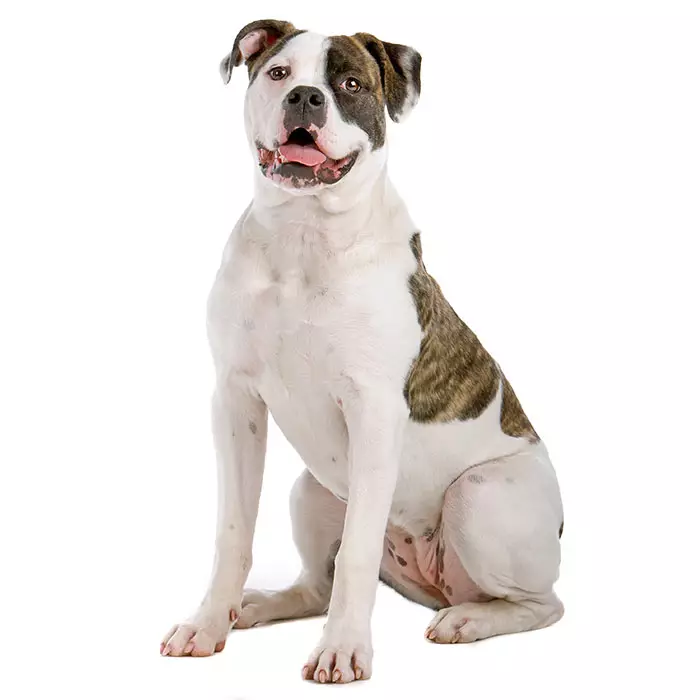Alaskan Malamute
Intelligent, active
High probability of health issues during its lifetime, hence it is one of the more expensive breeds to insure.
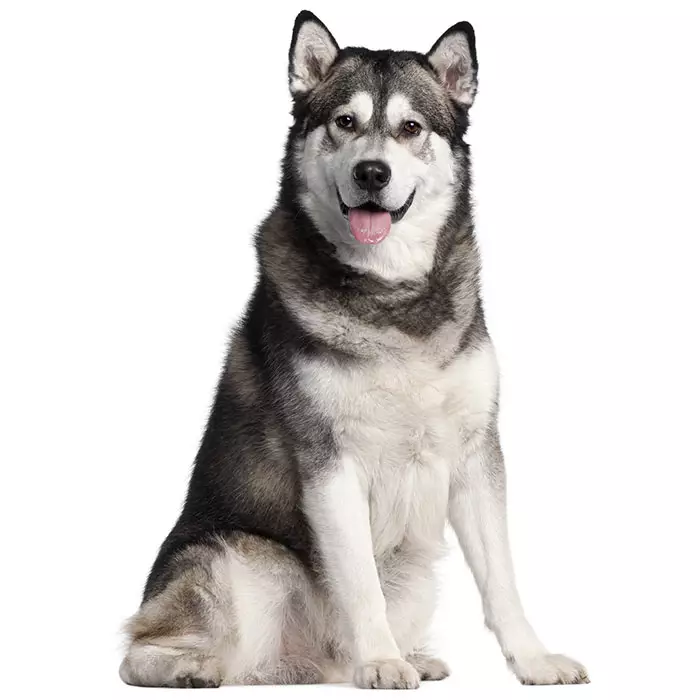
Is this breed right for you?
Try our breed selector quiz to find out your best matching breed!
Insuring a Alaskan Malamute?
Get our award-winning Nose-to-Tail Cover with up to $30k annual benefit limit, up to 90% of eligible vet bills back, and no sub-limits.
Get a quick quoteBreed Overview
The Alaskan Malamute is a large and muscular domesticated dog with a heavy fur coat and bounds of energy. The Malamute was originally put to use as a freight-carrying animal because of their endurance in cold climates. They are best known today as sled dogs, teamed up to cart people and cargo across the frozen tundra of Alaska.
The Malamute is a part of the Spitz family of dogs. Developed by the Mahlemuits tribe of Alaska, their vast history can be traced back 2,000 to 3,000 years.
Alaskan Malamutes have a thick double coat that can be as much as ten centimetres in length. Athletic, very strong and fast working dogs, the Alaskan Malamute is similar in appearance and build to the Siberian Husky with the two often being mistaken for each other. Bred by native the peoples of Alaska and developed to survive the nomadic tendencies of these their owners, the Alaskan Malamute is an intelligent and resourceful dog, athletic and spirited.
The Alaskan Malamute is unique in that it is still being used today for the original purposes that surround its breeding. For this reason, the Malamute is a very independent, inquisitive and resourceful animal. Because they are bred to survive one of the most unforgiving environments inhabited by humans, they have a very strong hunter’s instinct and can cause trouble if let off the leash in public—known to chase smaller dogs, cars and wildlife.
They are a popular breed in North America, the United Kingdom and Australia. While they are independent animals, they are affectionate and gentle with their families and very loyal. Alaskan Malamutes have been employed in various working roles, including search and rescue.
Alaskan malamutes are generally sized at between 58 and 63 cm with a healthy weight ranging between 36 and 43 kgs. They will generally live to between 12 and 16 years of age.
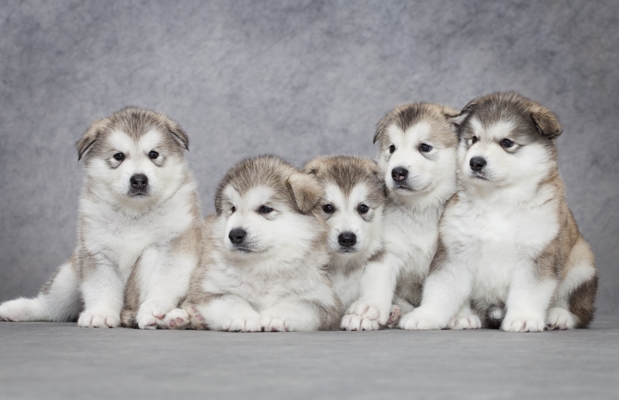
Personality and Temperament
Although independent by nature, the Alaskan Malamute is very fond of people and makes an ideal companion pet.
Their extensive history has seen them living in very close quarters with nomadic peoples and they are enjoy prolonged human contact. It is for this reason that they make an ideal indoor pet as well as an outdoor pet. They are very energetic animals, however, and require a great deal of outdoor exercise.
The Australian summers are quite hot for a dog that places its origins above the Arctic Circle; be sure to keep an eye on your Malamute during the warmer months as they are prone to the effects of severe heat. Cold baths and the comfort of the indoors will improve their mood during these times.
Their independence can cause problems at the dog park or down the street. Good training and consistent discipline will ensure a higher degree of control.
While the Alaskan Malamute has a good reputation with children and can live quite happily with other pets around the home, the breed has a strong hunter’s instinct and it is advised that younger kids be supervised at all times. Some owners of the Alaskan Malamute have reported stubbornness and difficulty in training. The independence of the Malamute is a hallmark of the breed and can be overcome with a firm hand.
Be a strong and dominant pack leader and your Alaskan Malamute will respond. Early socialisation is a good idea, as a puppy and as often as possible.
Common Alaskan Malamute Diseases & Conditions
Symptoms, diagnosis and treatment
- Hip dysplasia, like in many breeds of dog, does tend to occur in the Alaskan Malamute as well. This is when the hip doesn’t form properly, leading to possible lameness over time.
- Glaucoma is a group of eye diseases that cause the optic nerve damage, causing black spots in the eye and causing vision to decrease over time. It’s difficult to determine whether your Malamute is affected by glaucoma until the later stages where the condition is more severe. Symptoms are not easily visible or noticeable for the owner. If the eye is affected with glaucoma, it may be red, swollen, sore, or become particularly cloudy in appearance. See your vet if you suspect your Alaskan Malamute may require treatment.
- PKD is a condition that is inherited and symptoms can start to show at a young age. Polycystic Kidney Disease causes cysts of fluid to form in the kidneys, obstructing them from functioning properly. Look for symptoms like: poor appetite, vomiting, drinking excessively, dry or pale gums and lethargic behaviour.
Not all conditions are covered by Pet Insurance. For details of Bow Wow Meow Pet Insurance cover, refer to the Product Disclosure Statement.
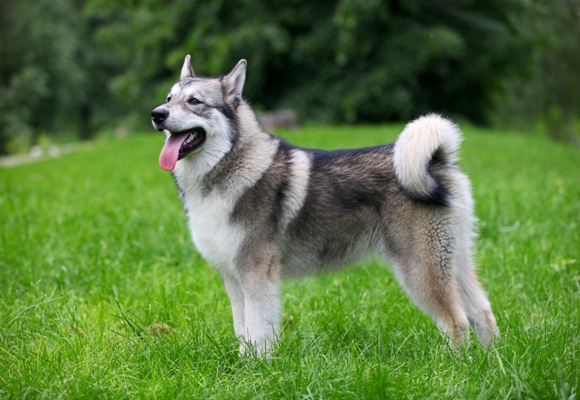
History
The Alaskan Malamute is thought to have been bred by the people of the Mahlemuit tribe in north western Alaska. They were bred as an all-purpose working dog, required to assist in hunting, tracking and hauling packs of goods across long distances in freezing temperatures.
When Europeans started heading north in search of gold in the late 1890s, the Malamute was highly sought after as both a working and companion dog for prospectors. They breed quickly gained a reputation for their determined nature, known for hunting large dangerous game like bears. Although the these settlers introduced other breeds into the bloodline, largely to make up for the demand for the dog, it was found that the Alaskan Malamute is still a very distinctive breed today and one of the oldest domesticated dogs still in existence.
In 1935 the breed was officially recognised as the Alaskan Malamute Club of America was formed. With the Second War came new duties for the breed. Most of the few American registered Malamutes were loaned for an official expedition to Antarctica. After the dogs had served their purpose, a decision was passed down from on high to destroy the dogs with explosives rather than take them back to the United States.
After this event there were so few registered Alaskan Malamutes remaining that the American Kennel Club reopened registration. As of1947 roughly 30 registered Alaskan Malamutes remained.
The popularity of the Alaskan Malamute has gone from strength to strength since the war and a new respect for the breed became cemented when Alaska announced the Malamute as the state’s official dog in 2010.
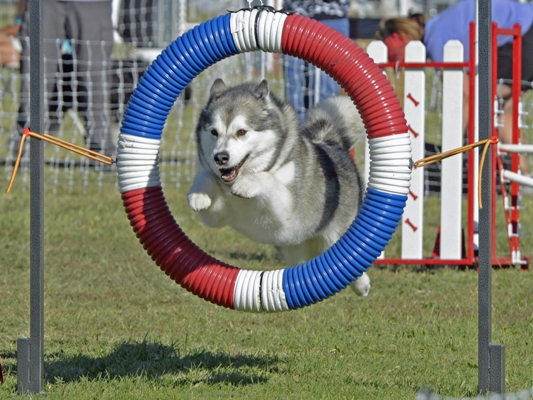
Alaskan Malamute Facts!
- Famous explorer and distinguished war hero, Rear Admiral Richard Byrd chose an Alaskan Malamute to accompany him on an expedition to the South Pole.
- The Alaskan Malamute is known for shedding a lot of hair. In fact, it’s considered one of the biggest shedders of fur among all breeds of dog.
- The Alaskan Malamute is a hardy dog, bred for the unforgiving climate of northern Alaska. It’s possible for the Malamute to go on long after their human owner has perspired. It’s possible for the Malamute to live in -55 °C or more.
- Alaskan Malamutes are very clean animals. They maintain themselves so well that many owners bath their Malamutes once a year or less.
- George Lucas owned an Alaskan Malamute named Indiana. The Star Wars character Chewbacca was inspired by this dog.
Free engraved pet ID tag on sign up3
Customer Satisfaction
21 day cooling off
Easy to use Pet Portal

GapOnly® in vet claims
MORE INFORMATION
Alaskan Malamute Club of Victoria: http://www.amcv.org.au/

